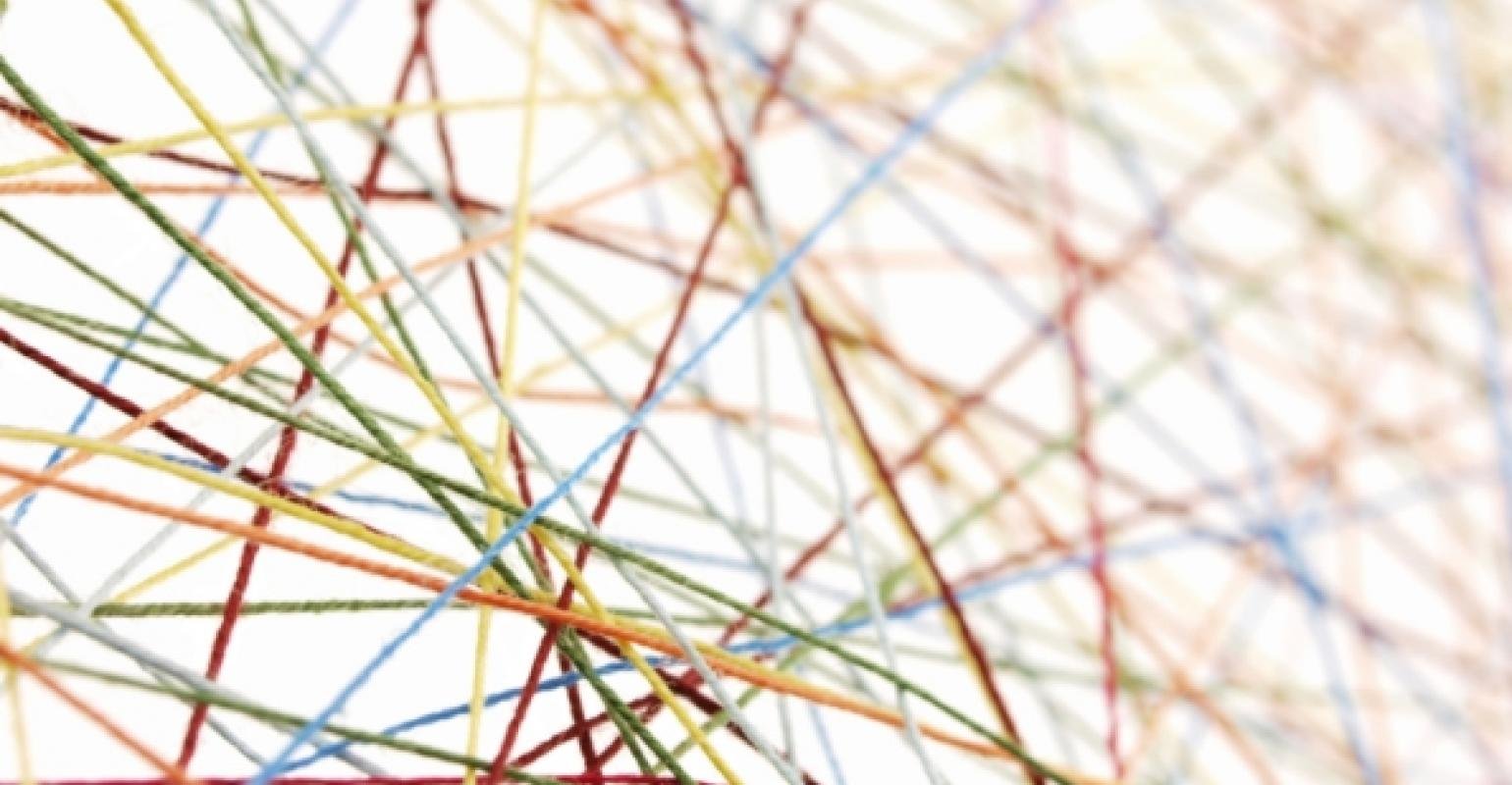Supporting communities to thrive - Asset based community development
By Karen Stockmann, Community Waikato Advisor
"When people discover what they have, they find power.
When people join together in new connections and relationships, they build power.
When people become more productive together, they exercise their power to address problems and realise dreams."
- Mike Green, When People Care Enough to Act
Traditionally, agencies focused on supporting communities to thrive have tended to concentrate on meeting a community's needs and identifying gaps in services or problems within that community. This focus on what is wrong with a community and what needs to be fixed contributes to a sense of helplessness within the community and a dependence on outside help to fix the problem. It can be difficult for members of a community to imagine better outcomes when gaps, deficits and problems are consistently in the limelight.
Asset based Community Development (ABCD) is a powerful approach focused on discovering and mobilising the resources that are already present in a community. ABCD is a positive strategy that encourages people to recognise that their community is a glass half full of assets, not a glass half empty with needs. Everyone in a community – individuals, groups, organisations, and businesses – has skills, talents, and experiences that they can use to make their community a better place to live. Every community also has natural resources – space and physical resources – that can also be used for collective good.
The starting point is what is present in the community and not what is problematic or missing.
For example: Imagine a neighbourhood park. There are two different ways to describe that park, and each will lead in a different direction.
Description 1: Needs/deficit focus
The park is a magnet for vandalism. The toilets and skate bowl are constantly covered in graffiti. Local young people gather at the park on a Friday night and leave rubbish everywhere when they leave.
Description 2: Asset based
The park is an important meeting place for local young people. They value the space available there to meet friends. Every afternoon and on the weekends, families with young children, people walking their dogs and young people come to the park to picnic, play touch, ride bikes, skate and meet other people. The park is a central community asset for a range of groups and individuals.
The asset-based approach does not turn a blind eye to community problems. Instead, it identifies them and then finds and uses resources to deal with those problems by building on the strengths and opportunities that exist. In other words, using what they have to get what they want. Community assets are resources that become valuable when they are brought together and made productive.
"When a growing circle of people work together in community partnership, they have the power to address important problems and to achieve the goals they want. Strong communities know that they need everyone to give their gifts if the community is to thrive. It is true there is no one we don’t need"
- Mike Green, When People Care Enough to Act
In his book ‘When People Care Enough to Act’, Mike Green identifies three qualities that are present in effective community development efforts. They are asset-based, focused on discovering what can be productive in a community. What do we already have that will allow us to do something worthwhile? They are internally focused, recognising that the best starting point is what can be found inside a community - the people who live in a community are the key contributors to community development that works. And, they are relationship driven, communities only get strong through connections among people that enable people to give their gifts. Relationship building is the fundamental action of community building.
What can we do as individuals and organisations working to support communities to thrive?
There are more resources in our communities than any one person can know. We can start by identifying, connecting, and creating opportunities to organise them to work together for the benefit of the community.
Assets can be found in the building blocks of community:
Individuals – with gifts, talents, and skills to contribute. Every person has much to offer if invited and given the opportunity
Local voluntary groups – where people act together out of care for a shared purpose
Organisations – of business, government, and for-purpose organisations. Every organisation has the capacity to support local individuals and their associations
The physical world – both natural and constructed: landscape and waterways, buildings, parks, streets, and the transport infrastructure
The cultural world – life is full of creativity, culture, heritage, and history. Creative talent and opportunities for everyone to express themselves in ways that reflect their values and identities, improve understanding, and promote their voices
The local economy – economic exchange circulates money, goods, and services through a community as people buy, sell, hire or invest
Whaanau, Hapuu and Iwi – it is also important to consider the strengths, assets, connections, and resources held and shared by whaanau/hapuu/iwi and Maaori organisations within communities. These sit in multiple dimensions across a community asset map, will be diverse and may incorporate elements such as whenua (land), awa (waterways), tikanga and kawa (cultural beliefs, values, and practices) and much more
What people care enough to do something about is the key asset in every community. Making these things visible invites others, who recognise common ground, to unite to act. This is the foundation of community organising and creates a strong foundation for building successful community partnerships.
It takes both strong people and effective programmes to build strong communities. Working out the most effective role for agencies is crucial – agencies can offer good services while also helping people to do what only strong citizens can do: mobilising the wider community to work together.
There is no one model or recipe for effective community development. Each circumstance must find its own unique path to success. While we can use other people’s experiences to help us build our own approach, we will build the road as we walk it.
Where do we start? A good place to start is to consider the conversations we are having with and around communities – what sorts of questions we are asking?
In ‘Imagine Chicago: Ten Years of Imagination in Action’, Bliss W. Browne and Shilpa Jain offer some insights around the power of the asking the right questions.
“Appreciative Inquiry questions are always positive questions around affirmative topics. In asking and answering them, we get focused on what has life, meaning and value. When communities use Appreciative Inquiry, they share in a way that stretches collective vision. By bringing their valued experiences into public view, they become civic actors by choice and can act on behalf of what they value. People see themselves as subjects of a system they can actively transform rather than as objects of a system that constrains their imaginations.”
Browne and Jain go on to offer some further insights into the power of positive questions
The person who sets the question sets the direction and has the power of a change agent. (Consider the difference between asking a police chief about crime vs. asking about community safety).
Images of the future are powerful. We move in the direction of what we can imagine.
Negative images and conversations weaken us mentally and physically; positive images strengthen us and what we can accomplish.
Positive communication is essential to mental health and requires practice. We are surrounded by negative vocabulary and need to replace it with self-confidence and community affirmation.
Positive images of youth are essential to creating a social culture in which young people are encouraged to contribute. Because many people now see young people as problems to be solved or criminals to be feared, we need to showcase positive stories and images of what young people value and can accomplish and contribute.
Human systems want to move in a positive direction (like plants seeking the sun). Positive questions and feedback create energy — like the sun, they literally make it possible to live and to grow. Young people can help create this positive environment and also hold others accountable to doing so. This requires leadership and courage.
It is important to name and claim what’s working as well as what needs work. This is a place from which you can build.
"Human systems grow toward what they persistently ask questions about. "
- David Cooperrider and Diana Whitney
To design good appreciative inquiry questions, consider the following:
Allow questions to bring up ultimate concerns: ask about high point stories, most valued qualities, etc.
Use positive questions that build on positive assumptions, i.e. what about this neighbourhood makes you especially pleased you live here?
Give a thought-provoking, appealing definition of the topic, e.g. “a leader is anyone who wants to help at this time.”
Present questions as an invitation; use expansive, positive, feeling, practical words.
Enhance the possibilities of storytelling, by asking questions that focus on personal experiences.
Phrase questions in a conversational, friendly tone, and listen with as much interest as you would to a close friend.
Ask open questions to which you do not know the answer, expecting to learn something surprising and brilliant.
Value the experience of the person being interviewed.

